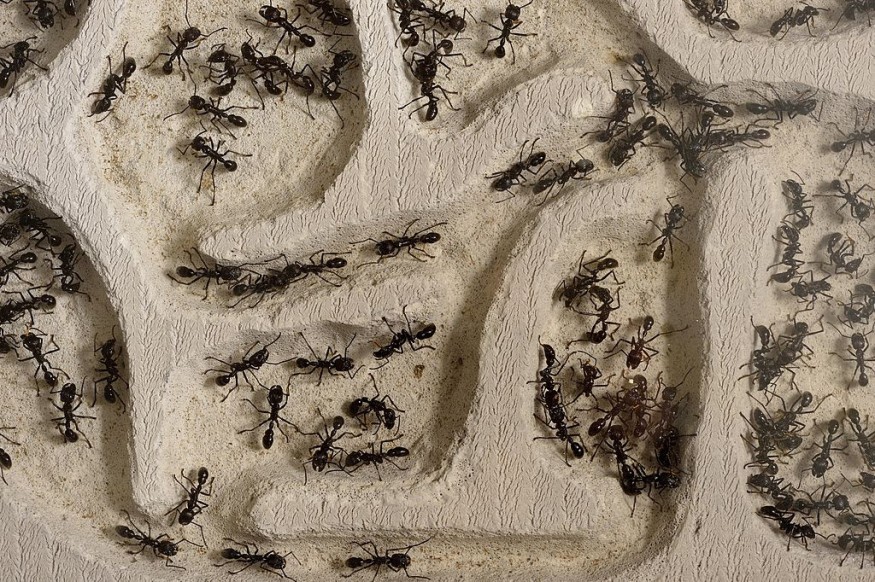Tawny crazy ants or Rasberry crazy ants (Nylanderia fulva) may have met their kryptonite as a pathogen in the form of so-called 'murder fungus' is annihilating their population toward extinction in the Southeastern United States.
The ants are known as an invasive species with their super-colonies that can support millions the formidable insects. Originating in South America, the tawny crazy ants were named as such due to their ability for rapid and unpredictable movements.
Colonies Destroyed

Scientists from the Brackenridge Field Laboratory of the University of Texas at Austin (UTA) successfully identified a type of fungus that only kills tawny crazy ants and spares other arthropods, including native ant species, as per Live Science.
The fungus is called Myrmecomobrba nylanderiae which the scientists found in ant colonies on the Gulf Coast. M. Nylanderiae is purportedly living inside the ant as its host before it releases its projectile of spores from the insect's gut, puncturing its cell wall. This eventually kills the ants instantly.
Similar to other pathogens such as a virus, the spores of the fungus can also hijack the host cell and control it in a way to replicate copies of itself throughout other cells of the ants, according to Edward Lebrun, the lead author of the study, as cited by Live Science.
A single ant colony infected with the fungus can quickly spread the pathogens across the colonies in a matter of a few years, increasing the potential extinction of the ferocious ants, the scientists found.
Tawny Crazy Ants
The study by UTA was reported on Monday, March 28, in the Proceedings of the National Academy of Sciences of the United States of America (PNAS) wherein the scientists described tawny crazy ants as social insects which can dominate small mammals, reptiles, local insects, arthropods, and other wildlife.
The invasive ants are also considered a residential threat in the Southeast US due to their notorious reputation of being pest species. The tawny crazy ants are known for invading homes, especially in basements and inside electronic equipment, where they can multiply in the thousands.
From South to North America
In a separate study by the University of Georgia and part of the Urban Entomology Pest series in 2019, the Rasberry crazy ants are accidentally introduced to the US from South America during the 1800s. The ants were initially found only in Texas and Florida but have spread since then.
After the 19th century, their population grew exponentially and caused negative repercussions among vertebrate animal species and to the local US economy, affecting a large number of property owners as well.
Their rapid spread is due to their capability to travel hundreds of feet between colonies, consisting of either nesting sites or feeding sites, as per the University of Georgia study.
With the emerging threat posed by the murder fungus, the population of the tawny crazy ants in the Southeast US are likely to further diminish in the coming years.
Regardless, the phenomenon is still considered by scientists as beneficial not only to the local animal populace but also to ecology and biodiversity.
Related Article: Invasion of Crazy Ants Maddening For Southern U.S.
© 2025 NatureWorldNews.com All rights reserved. Do not reproduce without permission.





